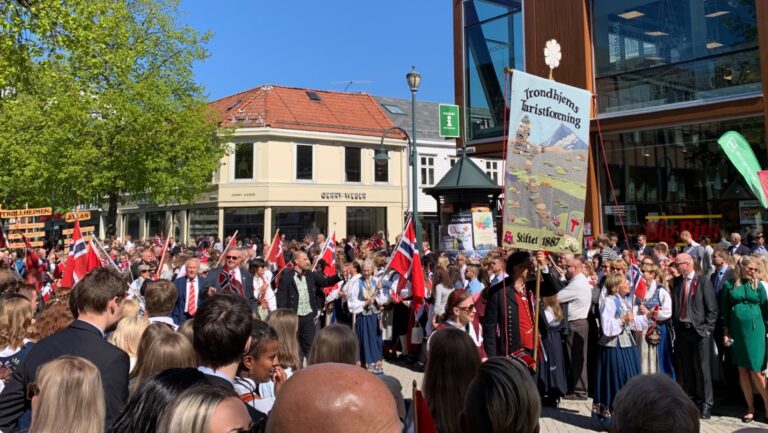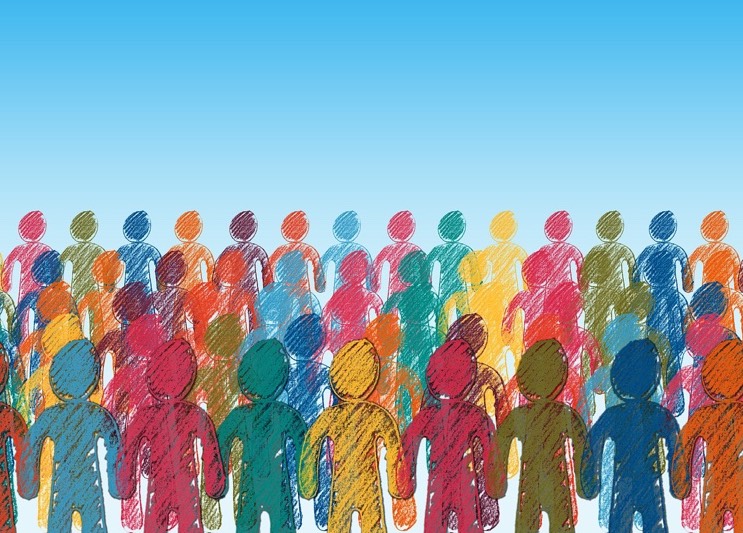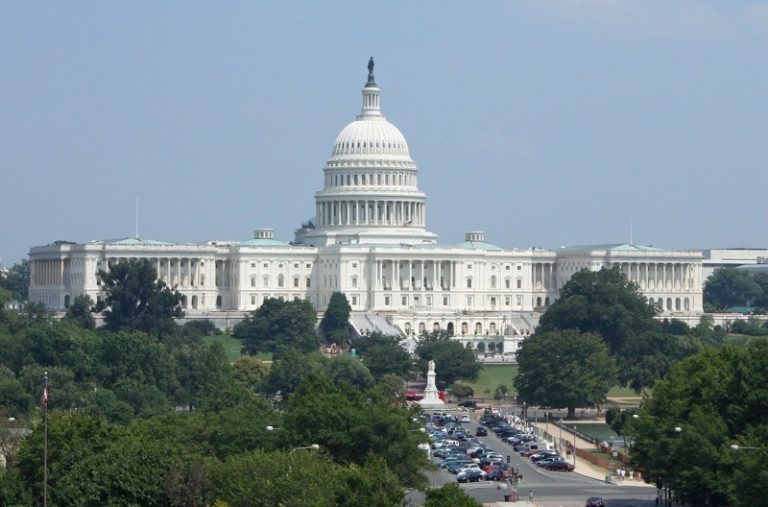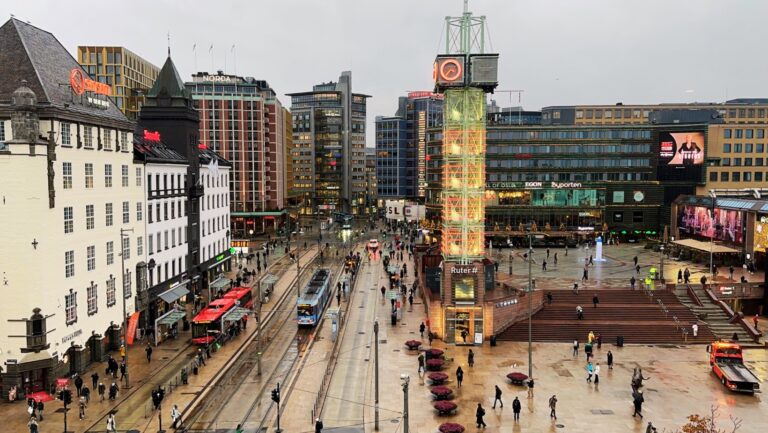As with most countries in Europe, the number of people living in Norway is bigger now than at any time in its history. Here are the facts and figures relating to Norway’s population.
Back in 2012, it was a pretty big deal, at least in the country, when Norway broke the 5 million mark on inhabitants. It raised the inevitable questions on whether immigration was ‘out of control’ and the impact on healthcare and pensions.
 Crowd in Norway on 17 May, Norwegian Constitution Day. Photo: David Nikel.
Crowd in Norway on 17 May, Norwegian Constitution Day. Photo: David Nikel.Fast-forward now to the present day, and Norway has smashed through the 5.5 million barrier for the first time. As of the beginning of 2024, the population of Norway is 5,550,203.
The annual increase of 61,219 reported by state statistics office SSB represented a slight decline in growth from the population growth reported the previous year.
Most people will assume that growth was driven by immigration. Yes, that certainly played its part, but it wasn’t the only factor. In 2023, Norway recorded 51,980 births and only 43,803 deaths.
Now, let’s look in detail at what’s going on. From the history of population growth and poulation decline in Norway, to the population of immigrants and where people actually live, this article is your thorough introduction to the Norwegian population.
Population Growth in Norway
In recent years, the population of Norway has risen fast, and steadily. But that’s not just a recent trend.
The consistent upward trend actually started back in the 1960s, around the time that oil was discovered in the Norwegian Sea. Norway desperately needed people with the skills to build a new industry from scratch.

In the last two decades, population growth has largely been fuelled by immigration. Initially this was due to Norway’s membership in EFTA, which means European residents are free to move to Norway under the terms of the EEA Agreement.
However, there have also been spikes due to a number of refugee crises. Most recently, high numbers of war refugees from Ukraine have driven the population numbers up.
Periods of Population Decline
Looking back further in time, we also see more of an inconsistency in population numbers. There have been several events throughout history that have led to major falls in the numbers
One of the more famous of these was the Black Death, which hit Norway extremely hard in the mid and late 1300’s.
It is estimated that around 50% of the population in Norway succumbed to the disease. Some estimates even report higher than that number.
Another historical change to population was the mass emigration to North America. Just about every European country (and many others across the globe) at one time or another had people flocking to the shores of America.
Though Norwegians were counted as some of the earliest settlers crossing the Atlantic, the organised exodus began en masse around the middle of the 19th century.
 The U.S. once attracted many people from Scandinavia.
The U.S. once attracted many people from Scandinavia.The reasons for Norwegians to leave their home vary as much as the people did. Some left for religious freedom, other for the promise of the New World, and even more because of the economic pressures, famines, and crop failures that were occurring throughout Scandinavia at the time.
By the 1900’s the number of immigrants from Norway began to decline: particularly after The Immigration Act of 1924 that restricted the number of immigrants from any given country.
But still, 87% of the permits issued after this were given to immigrants from the UK, Germany, and Scandinavia. This still slowed the flow of Norwegian immigrants to a few thousand per year, a pattern that persists to the modern day.
Today more than 4.5 million Americans claim Norwegian ancestry. Many of them are our readers, so, hello to you!
Immigrant Population in Norway
Norway has taken in immigrants for some time, but the upward trend got started in the middle of the 20th century. People from all over the globe have found a new home in Norway, myself included.
Immigrants in Norway made up just under 17% of the population in the 2017 census. This census also included children who were born in Norway to two immigrant parents.
The countries that had the most people moving to Norway were Poland, Lithuania, Sweden, Somalia, and Pakistan.
The cities in Norway are becoming more and more international and it’s easy to find people that have recently undergone the process of moving to Norway.
Where do people live in Norway
Big cities like Oslo, Bergen, and Trondheim make up a large bulk of the Norwegian population.
 A view of Jernbanetorget in Oslo, Norway. Photo: David Nikel.
A view of Jernbanetorget in Oslo, Norway. Photo: David Nikel.The entire Oslo region in itself counts to be approximately one-quarter of the entire population, although the population of Oslo itself numbers approximately 717,000 people.
From there, most people are clustered in the cities that stretch up Norway’s impressive west coast. The biggest cities in Norway? Bergen is home to almost 300,000 people, with Trondheim numbering just over 200,000, and Stavanger coming in at 150,000.
All the major cities have nearby cities contributing to a more significant population in the wider urban area.
Though the cities draw more and more people, rural life in Norway still attracts a number of people. Small villages and towns dot the country – from stunning coastal fishing villages, to breath-taking mountainous retreats.
Farming is also still relevant in Norway, and many farms have stayed within the same family for generations.
There is somewhere for everyone in Norway, whether that be the busy, bustling city of Oslo, the mellower town vibe of Lillehammer, the cosy hamlet of Aurland, or even an isolated cabin up in one of the many mountain areas in the country.
The post The Population of Norway appeared first on Life in Norway.

.png) 2 months ago
2 months ago
















 English (US) ·
English (US) ·